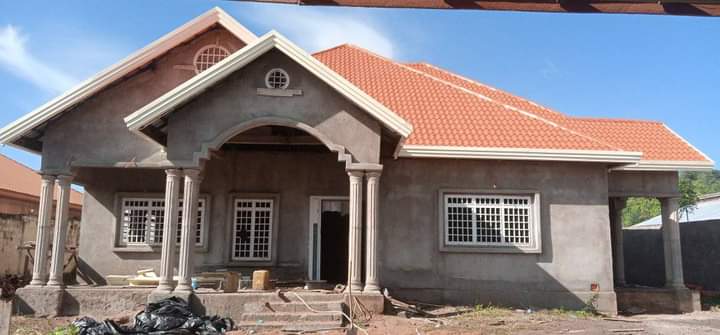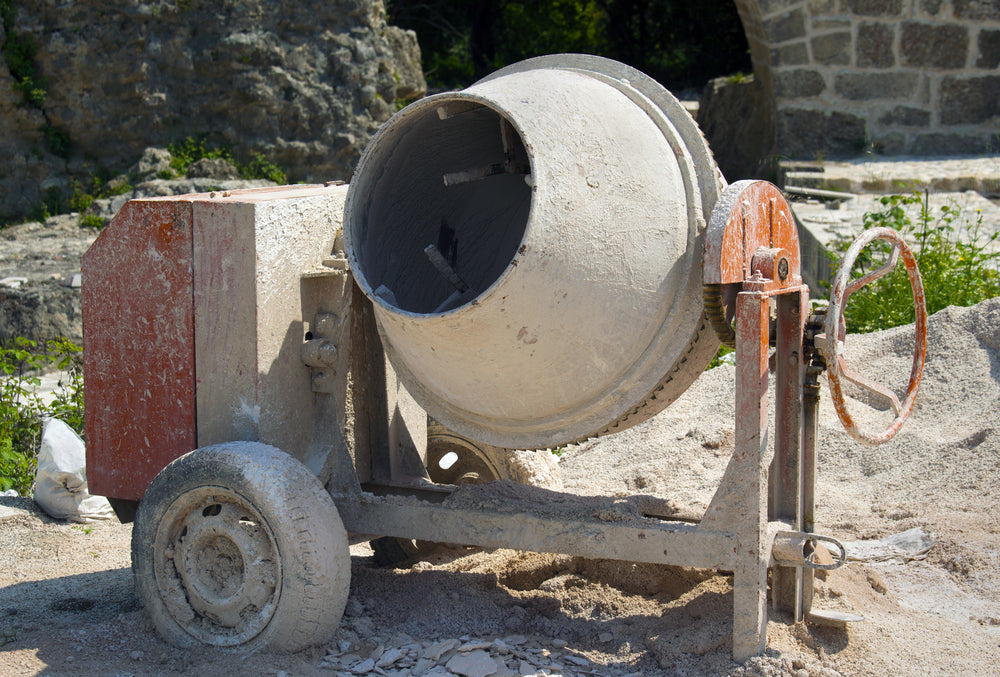Walls surround us all the time and they are the ultimate symbol of privacy with an element of design to make them visually pleasing.
The walls of your home’s exterior are important because they determine your curb appeal, and security measures and give your home a distinct visual identity.
You can choose from several materials to find the right option for your exterior wall. Read on to find out more about the best materials for your exterior walls.
What is the best material for an outside wall?
Wood

Wood is beautiful, and natural and can last ages when well maintained. However, the maintenance can be tedious, and the quality of wood can be compromised with climate conditions to result in expensive repairs and replacements.
This traditional option offers the potential of many style variations depending on how it is milled.
The downside is that wood requires a lot of maintenance and is susceptible to pests, moisture, and fire which can compromise the integrity of the material. Wood is also relatively expensive and can cost up to $5 per square foot.
Natural stone

Stone is a traditional material that looks sophisticated. It is available in multiple color palettes such as brown, gray, red and neutral hues.
This material is long-lasting and requires minimal maintenance. Natural stone can be expensive, and it requires a skilled application for the right outcome.
Marble, limestone and sandstone are popular natural stone choices. One can expect to pay anywhere between $10 and $40 per square foot.
Brick

Brick is a classing wall cladding material that has been used in new and old buildings alike. It has great physical strength and a warmth that adorns a home with immediate character.
Bricks are fire-resistant, durable and pest-resistant, with the added bonus of necessitating little maintenance. They are also expensive and require skilled labor during application.
The use of bricks allows for limited design variations, and you may be restricted to a few color options when creating a different look.
Bricks cost about $1 to $3.50 per unit and this can add up quickly.
Vinyl siding

Vinyl siding is cost-friendly and has a wide array of styles available. It also does not require much maintenance.
Exterior vinyl cladding materials typically cost between $0.85 and $2.50 per square foot and this is quite appealing if you are on a budget.
Many people consider vinyl less aesthetically pleasing than other materials. It is susceptible to mold and warrants frequent cleaning to maintain its appearance.
Vinyl is also vulnerable to sun damage and general wear and tear. It is flammable and not considered an environmentally friendly cladding material.
Stucco
This material has good insulation properties, is less costly than other materials, and is unaffected by high environmental temperatures.
However, improper installations can cause moisture issues in wet areas, thus requiring maintenance.
Fiber cement siding

This is a modern wall cladding material that combines strength, beauty, and affordability.
Fiber cement siding is durable and resistant to insects, rot, and fire. It is relatively undamaged by prolonged exposure to UV light and is low maintenance.
The material can however be expensive and does require skilled application with the need for occasional maintenance to keep up its aesthetic.
Composite siding
This alternative is insect-proof, rot-resistant, durable, maintenance-free and resistant to UV exposure.
Be wary of its color fading over time and experiencing eventual cracks. It is also regarded as less aesthetically pleasing compared to other exterior wall materials.
Aluminum siding
Aluminum has good insulating properties, is lightweight and insect repellent. It is also impervious to rot, and UV light and is paintable and recyclable in addition to being paintable to your desired finish.
Apart from the choice of material, other considerations come into play when deciding to build an exterior wall and siding. These factors include;
Price
When considering material options, costs are often high on the list. Ensure you select a material that fits your budget, since this is just as important, if not more, than qualities such as beauty and aesthetics.
Insulation

If you live in areas with extreme temperatures, the insulation properties of a wall can leave a significant impact on your comfort and the energy efficiency of the home.
Materials like wood, stone, brick and aluminum offer the most insulation. A similarly popular choice is insulated vinyl siding which offers higher energy efficiency compared to other conventional materials.
Environmental impact
More people are generally becoming more concerned with the impact of their desired building materials on the environment. Choosing the ‘greenest’ finishing material is complex.
Wood is a strong material that is renewable and lightweight making it relatively easy to transport. However, it needs to be replaced more frequently.
On the other hand, metal siding is sturdier and can be recycled, which makes the material more practical. Brick and stone last the longest, but face the downside of being expensive and tedious to transport.
What material will last the longest in an exterior application?
It is common for people to wonder what material serves as the longest-lasting siding for homes. Wood and aluminum siding lasts between 20 to 40 years and stucco lasts more than 50 years.
Vinyl siding is expected to last more than 60 years, with natural stone, composite, fiber cement and brick having an expected lifetime of more than 100 years.
Conclusion
Your choice of material for an exterior wall is important because it will be the first thing people see when looking at your home, and the walls are meant to protect you from prying eyes and harsh outdoor conditions at the same time.
Popular material choices for your wall exterior include brick, stone, vinyl, wood, fiber cement, aluminum, stucco and composite siding.
The material you choose for your exterior wall has to be durable, affordable, aesthetically pleasing and effective at isolating your home from other structures, thus defining your environment.
Ensure that your walls are built correctly using the right materials so that they last you a lifetime. After all, no one wants a crumbling wall weeks into building their precious home.






Leave a comment
This site is protected by hCaptcha and the hCaptcha Privacy Policy and Terms of Service apply.